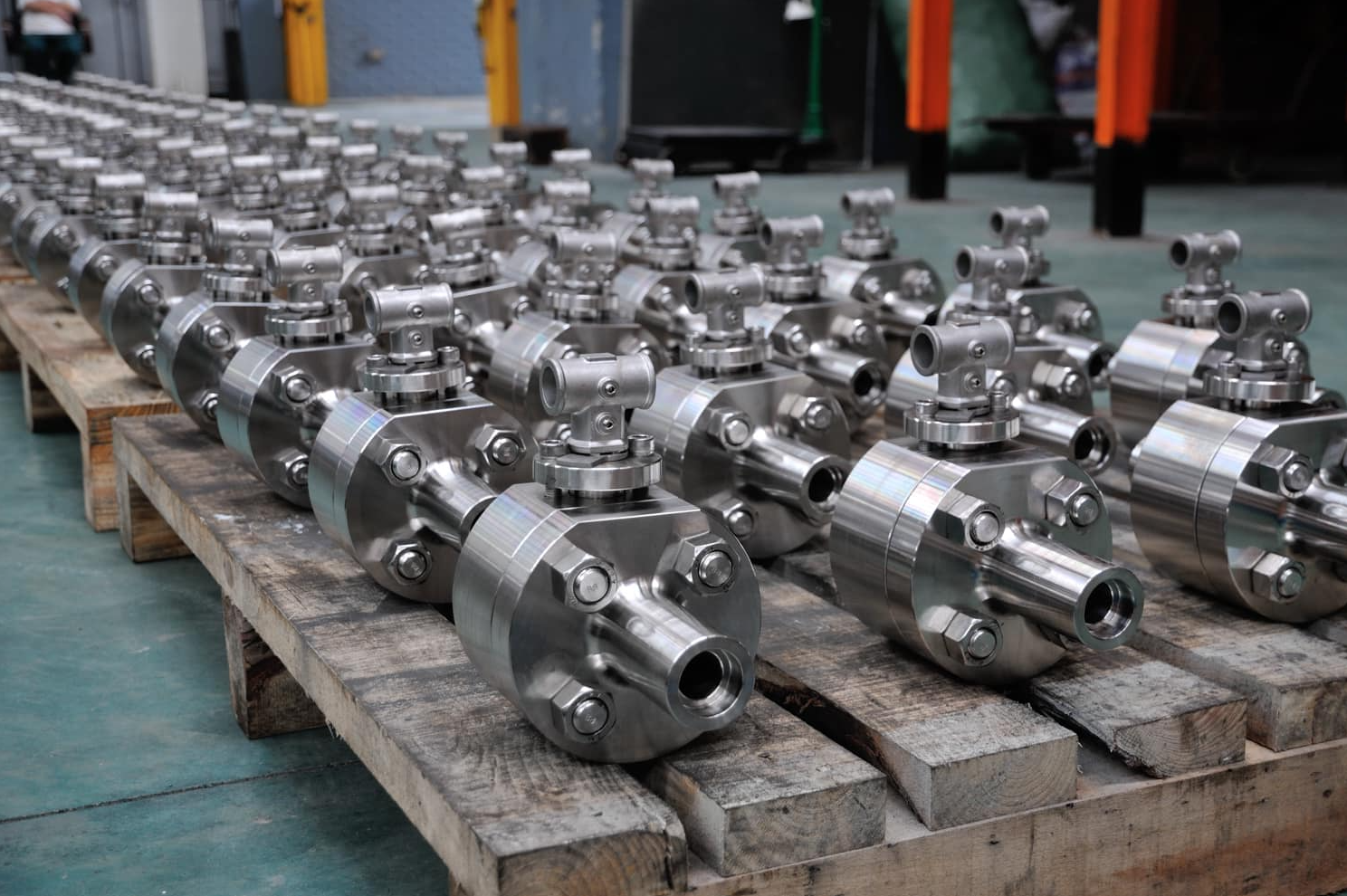+86 15858532562
Views: 6 Author: Site Editor Publish Time: 2024-04-26 Origin: Site








Ball valve is a commonly used control valve in industrial pipelines. Its advantages include: simple structure, small flow resistance, good sealing, etc. However, during use, ball valves may also experience some common failures, such as valve sticking, leakage, leakage, etc. Let’s introduce the common faults and troubleshooting methods of ball valves.
1. The valve is stuck
When a ball valve is not running for a long time or is not running smoothly, the valve may get stuck, causing it to fail to operate normally. At this time, you should first check whether the valve is blocked by foreign matter or dirt. If so, you need to remove the foreign matter or dirt. However, if the valve is stuck due to valve stem deflection, sealing surface wear, etc., repair or replacement of parts is required.
2. Leakage
Leakage is one of the common failures of ball valves. The reasons may be:
(1) Damage to the sealing surface: The sealing surface of the ball valve has been used for a long time and is easily damaged, causing leakage.
(2) Gasket aging: The gasket of the ball valve is also prone to aging, becoming soft and unable to fit the valve tightly, causing leakage.
(3) Weak fasteners: If the ball valve's fasteners, such as screws, nuts, etc., are loose, it may also cause leakage.
(4) Insufficient installation: Insufficient installation of the ball valve can also cause leakage.
For the above reasons, the following measures should be taken to eliminate them:
(1) Replace the sealing surface: If the sealing surface of the ball valve is damaged due to long use, it needs to be replaced.
(2) Replace the sealing gasket: If the ball valve's sealing gasket is aged and loose, it needs to be replaced.
(3) Tighten fasteners: Check whether the fasteners are loose. If so, tighten them.
(4) Reinstallation: If the ball valve is not installed in place, it needs to be reinstalled.
3. Water leakage
Leakage of ball valves is also one of the common faults, and the reasons may be
(1) Aging of sealing gasket: When the sealing gasket of the ball valve is aged and loose, it may also cause leakage.
(2) Damage to seals: Damage to O-rings, packings, etc. can also cause leakage.
(3) Sphere deformation: When the sphere deforms, it will also cause leakage.
For the above reasons, the following measures should be taken to eliminate them:
(1) Replace the sealing gasket: If the ball valve’s sealing gasket is aged and loose, it needs to be replaced.
(2) Replace seals: If the O-ring, packing, etc. are damaged, they also need to be replaced.
(3) Replace the ball: If the ball is deformed, it needs to be replaced to solve the leakage problem.
Summary: The above are the common faults and troubleshooting methods of ball valves. If a ball valve fault occurs, timely measures should be taken to eliminate it to ensure that the ball valve can operate normally. Ensure the smooth progress of industrial production. At the same time, regular maintenance of ball valves is also very important to avoid production accidents.